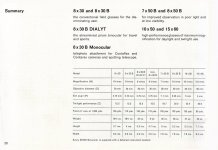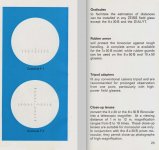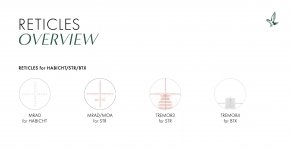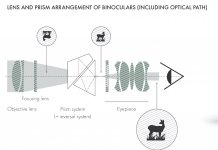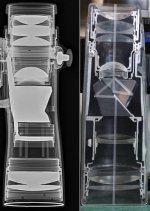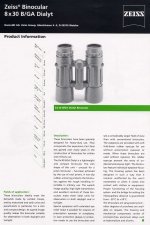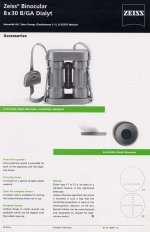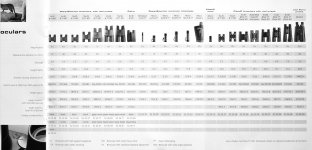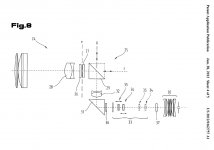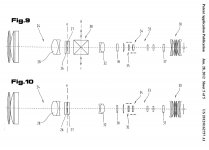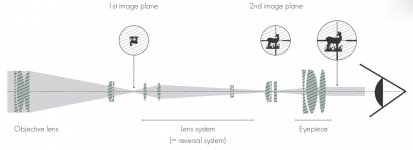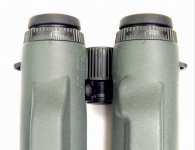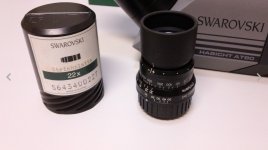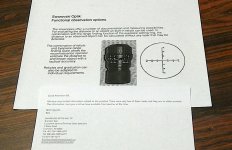In relation to graticules/ reticles . . .
Back in ye olde days of 1964, Zeiss West Germany introduced it’s first roof prism offering the Dialyt 8x30B.
In the 1964 catalogue:
• reticles are offered as options on all of the Porro line - including the 7x50B - though
not the 8x30B;
• and not on the Dialyt roof prism.
See the specification page and a mash up of the two pages about reticles.
In relation to Swarovski, besides the standard consumer market offerings, they also offer a range of products for government agencies
i.e. primarily military and law enforcement. A catalogue of 13 pages from earlier this year is downloadable as a 2.2 MB PDF at:
https://ezone.idexuae.ae/storage/brochures/oFywNQu80BWsaHlkEx6QIhpxXa1jETE1ufAHTomB.pdf
Many of the products are the same as the commercial offerings. What will differ will be the service and warranty conditions associated with the purchases.
However, in addition to the regular commercial offerings:
• there’s also the IF version of the traditional Habicht Porro prism binocular in 8x30W, 10x40W and the long eye relief 7x42B, all with a RA covering; and
• some models can be had with with a reticle and/or specific frequency laser blocking filters.
A reticle is available on the IF Habicht Porro models, and also on the BTX telescope module. And the STR telescope comes standard with a choice between two projected/ illuminated reticles (see the attached graphic).
However, there is no reticle option for any of the roof prism binoculars or the ATS/STS series of telescopes that are included in the catalogue. This is most probably due to physical limitations. A reticle is typically located at the focal plane behind the prisms and before the eyepiece - so that it’s permanently in focus - as in the stylised diagram from Swarovski.
The problem with modern roof prisms designs is that due to their complex eyepieces there is a lack of available space. e.g. see an image comparing the x42 NL and EL designs. It’s from Henry at:
Glass types in NL Pure-series
And circling back to the 1964 Zeiss West Germany catalogue . . .
Diagrams showing the light path of the non-B and 1st B version of the 8x30 Porro prisms can be found at:
Zeiss 8X30s
And diagrams of the 2nd and 3rd versions of the 8x30B Dialyt showing the light path can be found at:
Optical design of 1980s Dialyt 8x30
Again the problem would seem to be a lack of space at the focal plane in which to fit a reticle.
John
p.s. For more detail on the STR telescope including an image showing where the focal plane is located in the eyepiece, and how the reticle is instead projected via it's Porro prism system, see:
STR Telescope - Reticle System





